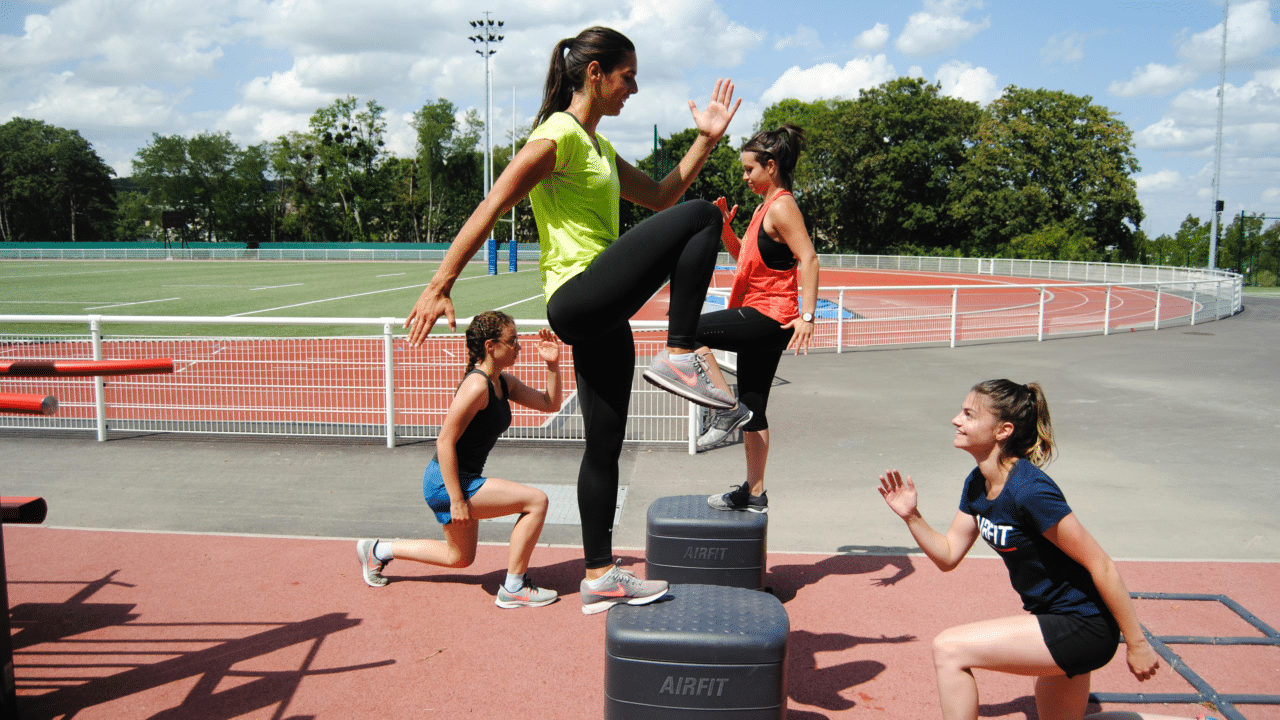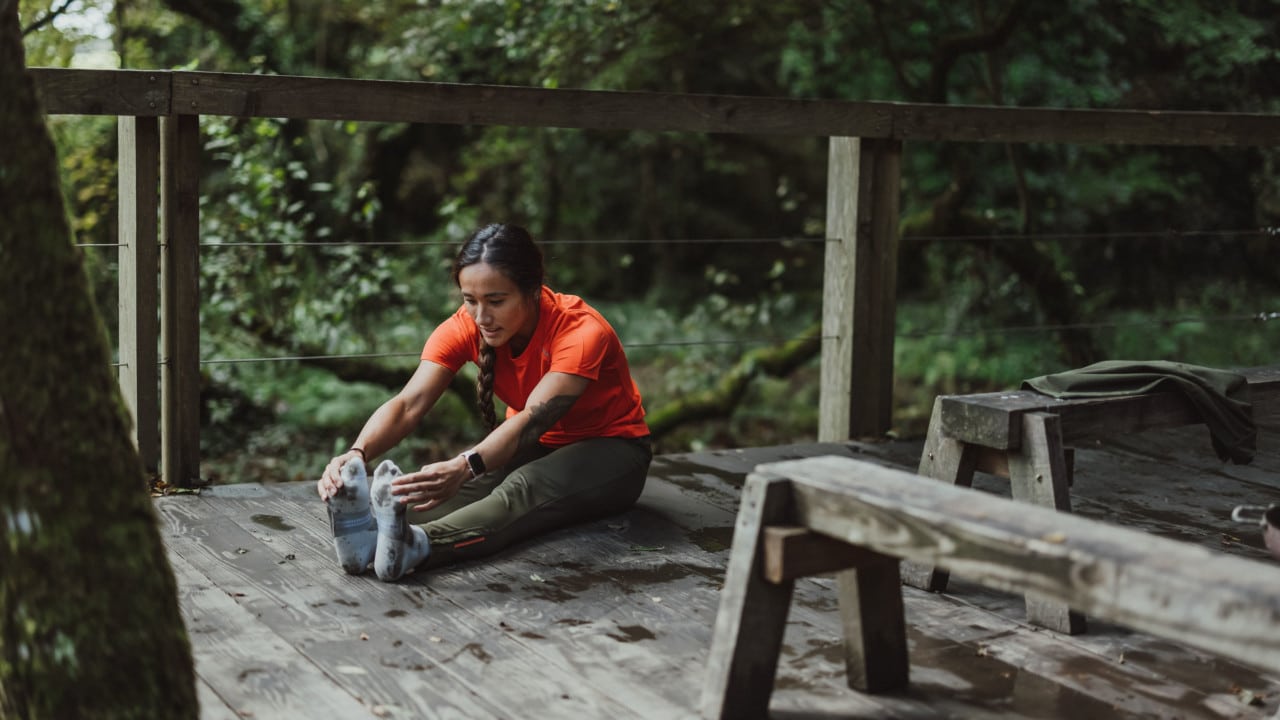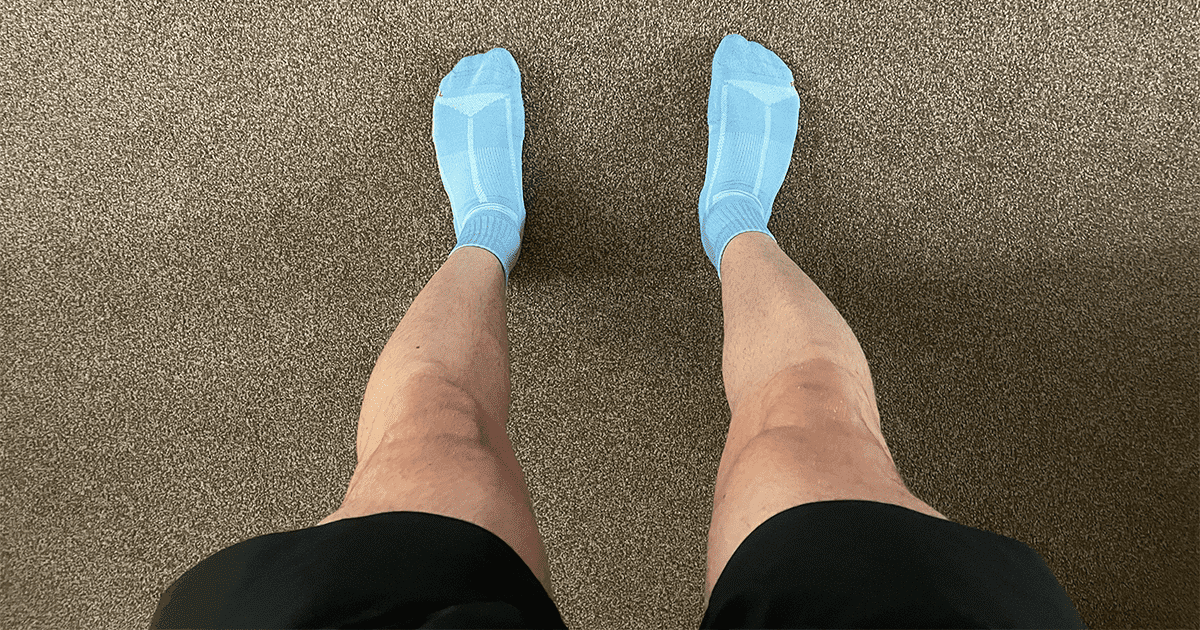How to run for 30-minutes without stopping
Enjoy running, reach new levels of fitness, and crush those personal goals!

Running for 30-minutes without stopping is one of those barriers all runners face one time or another.
Once you’re able to run for 30-minutes, you’ll begin to enjoy running more, you’ll see a bigger health benefit to regular running, and you can run further and explore new locations.
If you’re a beginner runner, we know how difficult it can be to run for 30-minutes the very first time.
In this article, you will learn:
- The importance of pacing yourself
- The run/walk method
- Nutritional advice
- And various other tips to help you tackle that 30-minute barrier
1. Pace yourself

The key to running 30-minutes without stopping is to pace yourself.
Setting off too fast on your run will more than likely cause you to walk or stop much sooner than you would like. Therefore, by finding a pace you can sustain for 30-minutes you will be more comfortable and actually get the job done!
While there are many ways to pace yourself, the best approach is definitely to wear a GPS running watch.
These watches can track time, distance, pace, and calories burnt, amongst other metrics.
Related: Cheap running watches: 8 of the best available in 2020.
2. The run/walk method
The run/walk method is popular for beginner runners and is also great for building up to 30-minutes of continuous running.
This method consists of running a set distance/time, taking a walk break, and then repeating.
The more you run, and the better you get, the shorter your walk breaks should be.
Slowly work on removing all walk breaks from your run, and you’ll hit that 30-minute mark of continuous running.
An example of the run/walk method:
- Run 2 minutes
- Walk 2 minutes
- Repeat 10x
You can obviously tweak this to fit your current fitness for the best results.
3. Distract yourself
Distracting yourself from running, believe it or not, is an excellent way to let the time fly and reach that 30-minute mark.
Whether you choose to get lost in deep thought or play your favourite music is entirely up to you, just be sure to watch where you’re going! Here are a few other ideas:
- Run with a friend
- Take it 10-minutes at a time
- Listen to a podcast
- Join a running group
4. Wear the right clothing
When you start running, it is essential to invest in the right clothing. Firstly, you want to make sure you have a high-quality pair of well-fitted running shoes.
When it comes to running shoes, be sure to choose comfort over price. An ill-fitted pair of running shoes will only cause problems and lead to injury down the line.
In terms of running clothes, you want to invest in a quality pair of shorts, a few t-shirts, a long-sleeved top, and a quarter zip to keep you warm in the winter.
Avoid wearing cotton as this absorbs moisture, sweat, and causes chafing.
5. Eat before you run
Although you may feel completely fine heading out for a run on an empty stomach, you will have more energy if you eat a light snack and consume a small drink beforehand.
We recommend eating at least 30-minutes before running, any less and you won’t have time to digest your food.
Examples of snacks you can eat before you run:
- Banana
- Porridge
- Apple
- Cereal
6. Run somewhere you enjoy
If you struggle with motivation or find it difficult to run continuously, find somewhere you enjoy running.
Whether it be on the fells, around your estate, or through local fields, find somewhere you love and the miles will fly in.
However, be wary that running on the fells or hills is more difficult than running on roads or grass surfaces. This is due to a change in elevation, forcing your body to work that little bit harder.
If running on tough terrain, don’t beat yourself up if you can’t run for as long as you’d like.
Over time, you will get better and be able to run further without stopping.
Nevertheless, running on these more difficult surfaces (hills and uneven terrain) will increase your fitness much quicker, allowing you to run faster and further in no time whatsoever.
7. Don’t forget to stretch
Many of us are guilty of skipping that pre and post-run stretch. We complain that it’s tedious or that we don’t have the time, when in reality, we just can’t be bothered.
However, taking the time to stretch before and after running will reduce your risk of injury and improve your running performance.
Before heading out for a run, you should perform dynamic stretches such as leg swings and walking lunges.
On the other hand, upon finishing your run you should engage with static stretches. Static stretches include the calf stretch, hamstring stretch, and quad stretch.
Remember: If you’re unable to run due to an injury, you won’t achieve your goal of running for 30-minutes without stopping. Take the time to stretch to keep yourself injury-free and able to work towards your goals.
8. Create a routine
Routines and training schedules are often overlooked. However, if programmed correctly, these can be extremely effective.
Your routine can be as simple as running/training at a set time each or every other day.
Alternatively, you can go down the road of following a structured training program such as the couch to 5k.
Structured programs contain further guidance and variety in your training, stimulating your body in different ways to produce far superior results than running alone.
Creating a routine increases your accountability, allowing yourself the time to mentally prepare for your training each day.
The miracle isn’t that I finished. The miracle is that I had the courage to start. – John Bingham
9. Don’t neglect your posture

Practising good running posture is essential to running more efficiently. You want to relax your shoulders and maintain an upright posture with a slight forward lean.
Imagine running with a piece of string dangling from above your body – keep everything in line and your running form will improve.
Excellent running form translates to faster, more efficient running. This enables you to run further whilst expending less energy.
10. Patience
Finally, patience is key to being able to run for 30-minutes without stopping. Take your training one step at a time and look to make improvements every week.
Remember to listen to your body and adjust your training depending on how your body reacts. This will reduce your risk of injury while speeding up your progress towards achieving your goal.

Matthew is a lifelong runner, chief tester of all products, the founder of Running101, and freelance content writer for active brands. When he’s not writing, he enjoys lifting weights, cycling in the Lake District, and watching fast cars drive in circles on a Sunday. He also has a BA in sport, exercise and physical activity from the University of Durham.






